LAST UPDATED: April 6th, 2022
Let’s face it, most of us end up having to hunt pressured birds sooner or later.
Whether you are hunting public land, private land that gets lots of pressure, or you’re just in a chess match with a stubborn old bird that knows every trick in the book, there are a handful of calls and sounds that can trick him and hopefully put him in your lap.
If you haven’t heard of or tried these sneaky little tricks to use on birds who have heard it all, perhaps it’s time you give them a shot. If you’re struggling with how to call pressured turkeys, here’s 5 sounds that work to bring more birds to your bow or gun.
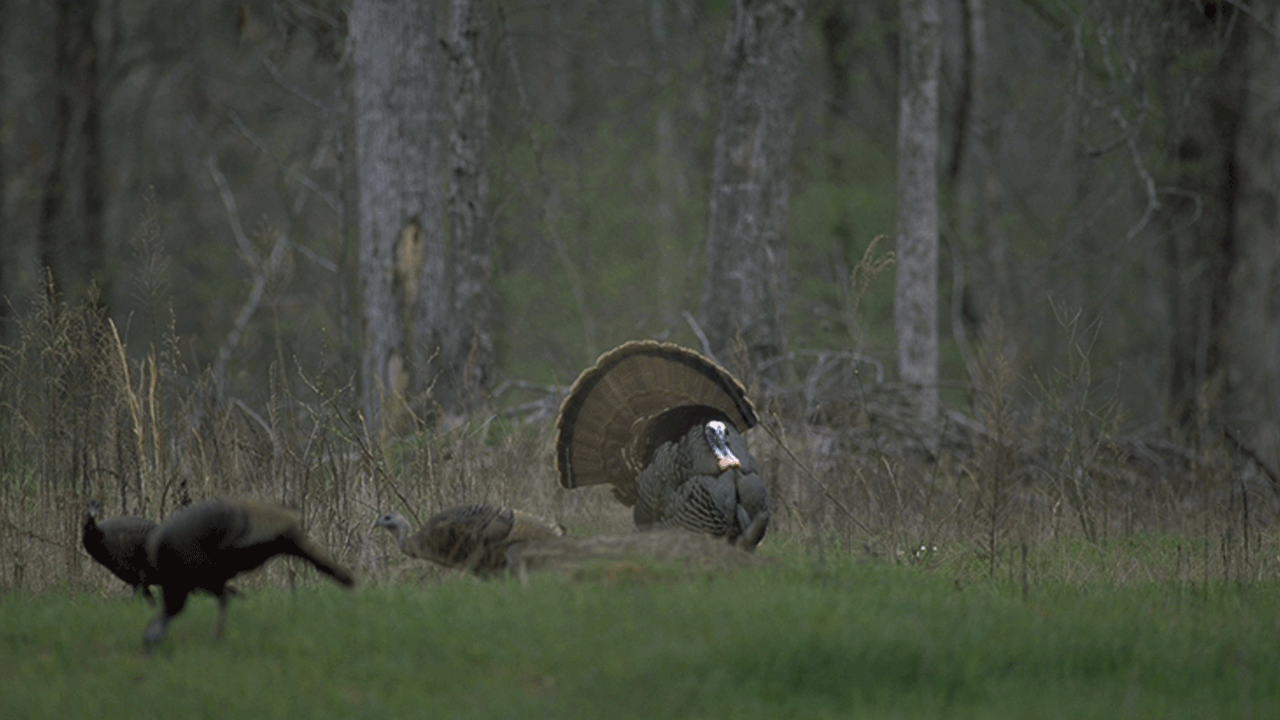
1. Tube Call
I know a lot of turkey hunters who have never heard of this type of call, let alone used one. The snuff tube call is pretty easy to use compared to a mouth diaphragm, yet harder to get the right sound to come out of it.
It takes practice to figure out how to get it to sound like a turkey (although it is amazingly simple to get it to sound like a chicken).
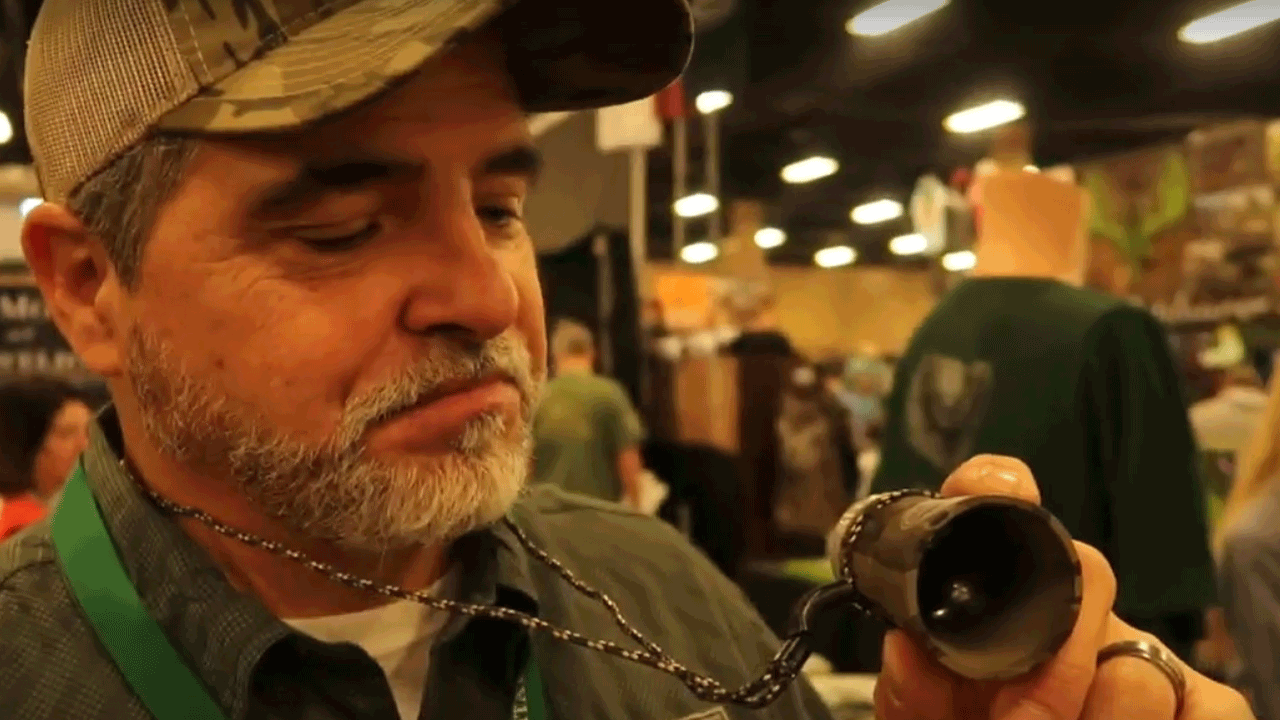
A snuff tube call has a distinctly different pitch and tone than any mouth, box or slate call. This, coupled with the fact that only true die-hard or old-school turkey hunters know how to use them, make them ideal for pulling in a longbeard that has heard everything.
The odds are high that it may actually be the first time that the gobbler you are calling to has ever heard this call, and it may just be the call that ends his life.
2. The Gobble
Another great sound that you’ll want to have in your bag of tricks is the gobble. Yes, it goes against everything we learned in hunter education, but when safely mimicked at the proper place and time, the gobble can be a super deadly sound to draw your turkey in close.
The latest rage in turkey hunting is rawling behind a strutter decoy, so it only makes sense that you’d throw a gobble sound into the mix.
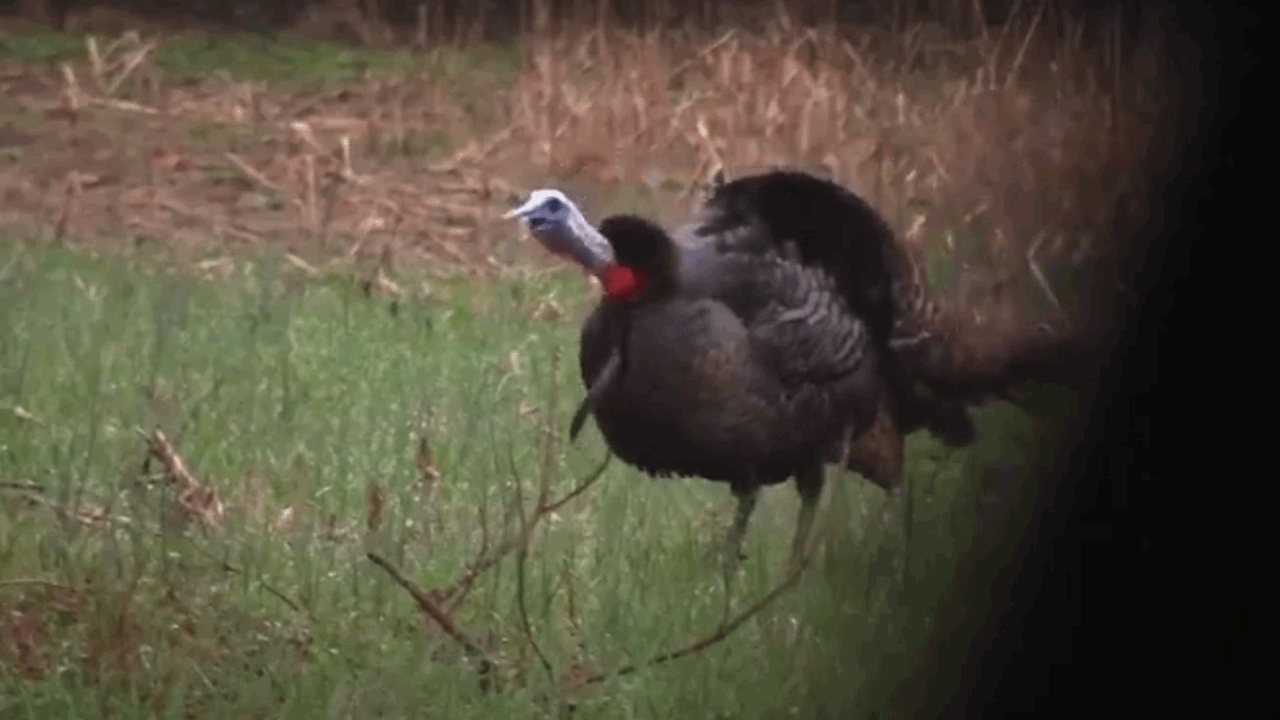
Unlike all other calls, the gobble call is not drawing a gobbler in looking for love; It is drawing him in in a fit of rage. By nature, the hens march to gobblers when they gobble, not the other way around.
Yes, we use hen calls to try to reverse the intent of nature, and in many instances, we can. But when nothing else works, the gobble can make him break the standoff and head your way.
3. The Whine
The Whine is another sound that rarely gets thrown into the mix, but if you’ll listen to live turkeys enough, you’ll hear that it’s a common part of the turkey vocabulary. Turkeys actually whine quite a bit.
You’ll hear them whine as they move through the woods mixed in with purrs and yelps, they’ll whine when they’re lonely and they’ll whine as they’re being bred. It’s a sound gobblers can’t resist. It takes a little practice with your mouth call, but once you learn to do the whine, you’ll call more pressured turkeys than ever before.
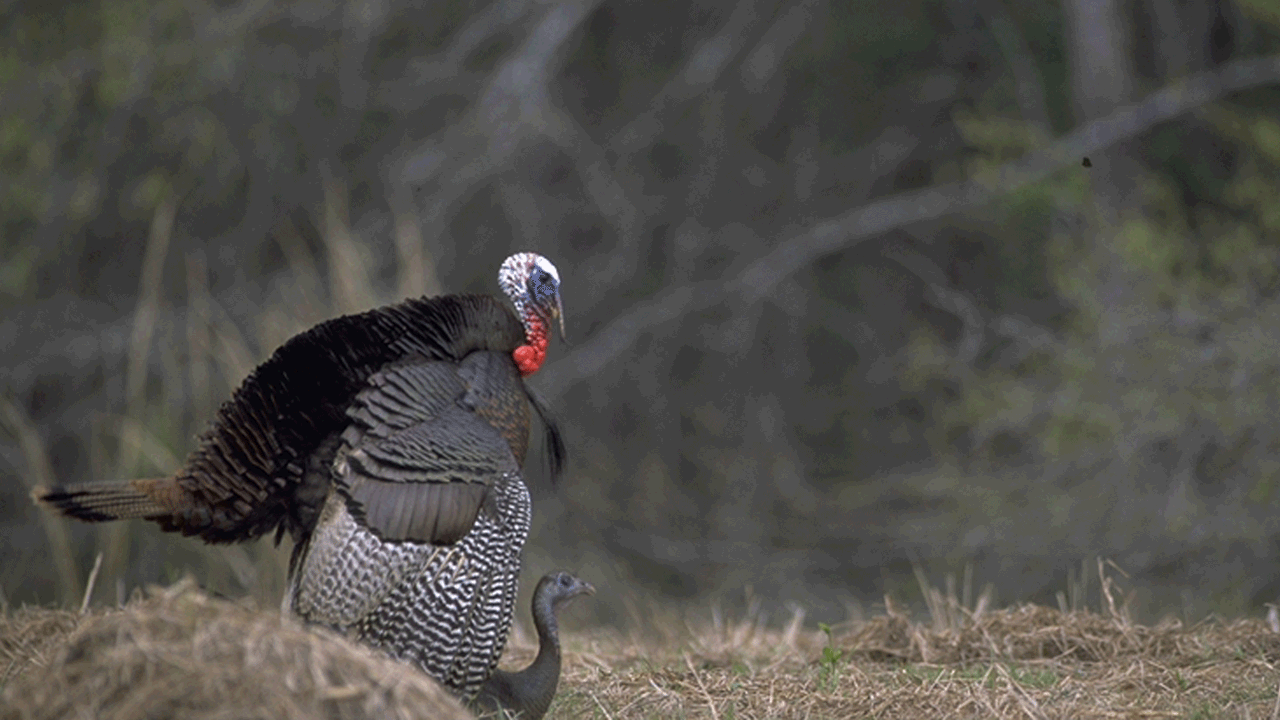
4. Scratching In The Leaves
If you want to tote more turkeys out of the woods this spring, learn to put your store-bought calls down from time to time and try scratching in the leaves.
Yes, it’s simple, and almost seems foolish, but the sound of a turkey scratching in the leaves can be one of the deadliest sounds in the woods. It’s a contented sound that tells a turkey you are there, that you’re feeding, that all is well, and that you’re not planning to come to him.
He will have to come investigate the sound of scratching in the leaves. Just use your hand, or a stick, and make quick scratches in the leaves, like a turkey looking for food. This is one call that works really well and one that the majority of hunter overlook.
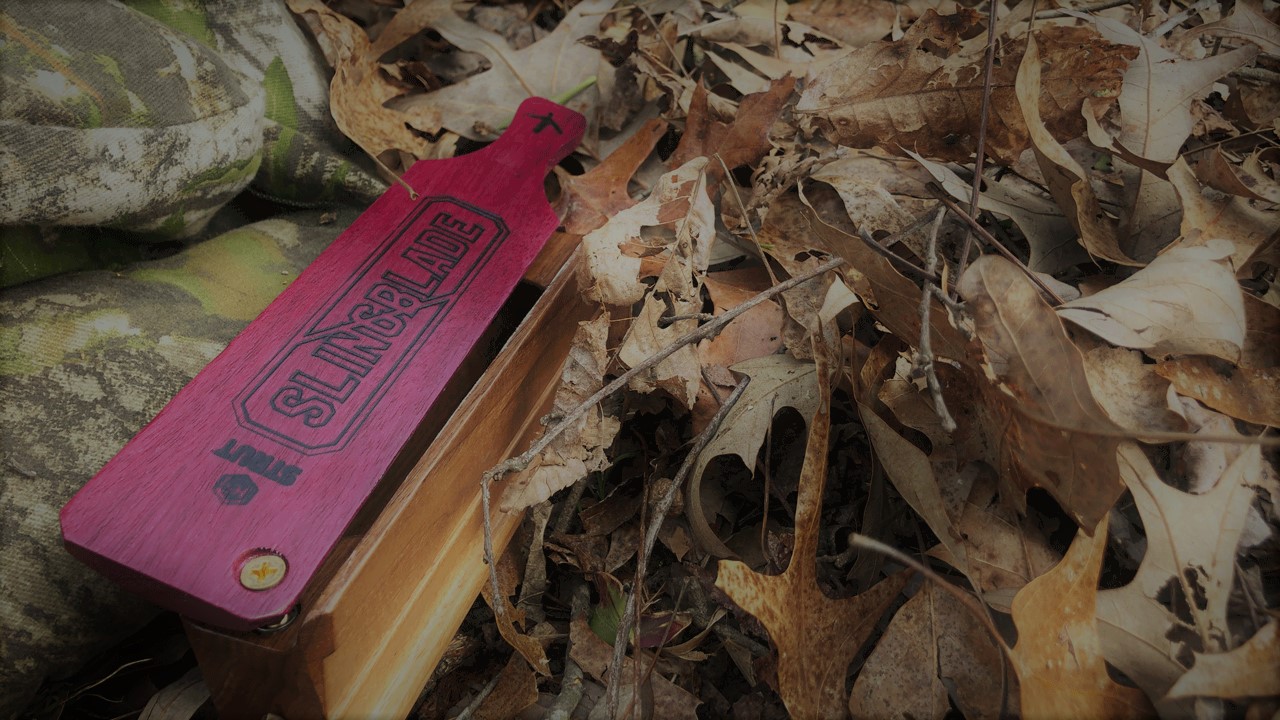
5. Fighting Purr
Not just your normal purr. As the name implies, the fighting purr is the sound toms make when they are fighting. To make this call you’ll need to man a pair of calls.
There are push-button yelper calls on the market designed specifically for this purpose, but a mouth call and a slate call, or a box call, or any combination of the three will work just fine. Simply make some aggressive, constant purring sounds with each call, alternating back and forth to simulate two toms duking it out.
Sometimes, when luring him with love calls won’t do the trick, a chance to assert his dominance might. And, if he isn’t the dominant bird, he may still come in to check out the fight and to see where he will fit in the new pecking order.
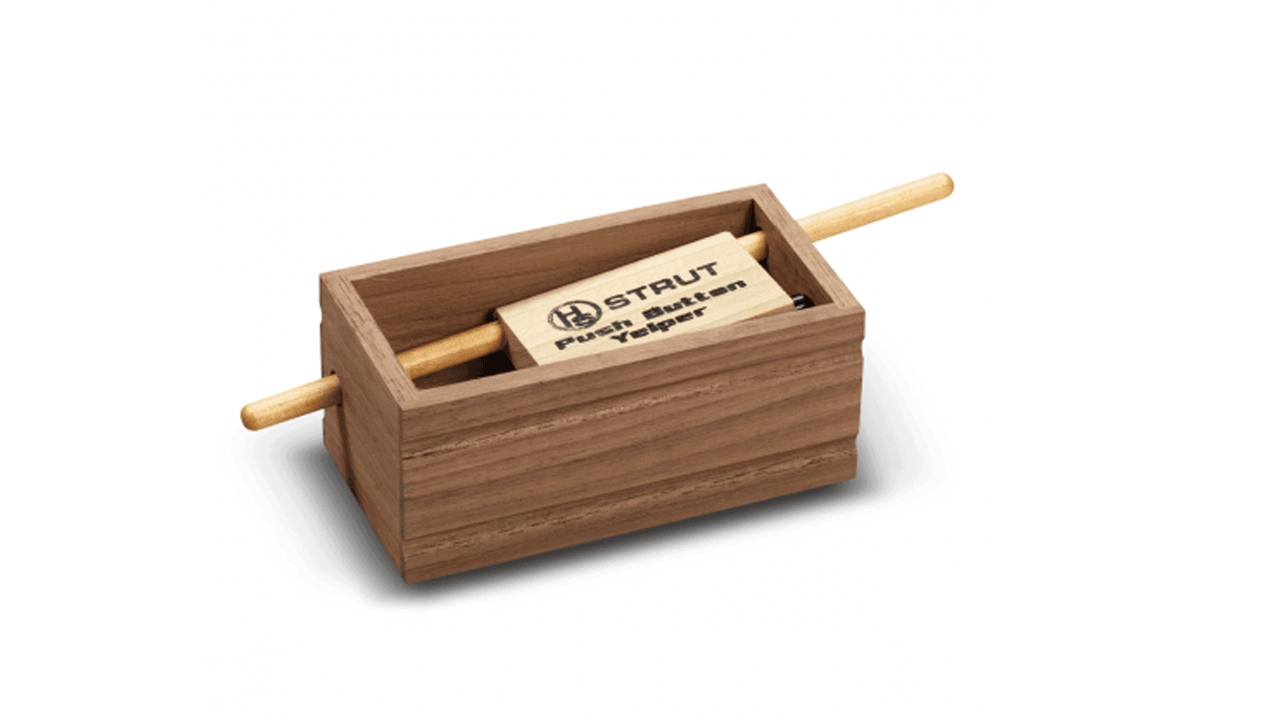
Conclusion
Start out with your tried and true calls and tactics this spring, for sure, but when the going gets tough and the birds start playing hardball due to hunting pressure, try these 5 sounds to help tip the odds back in your favor this season.
Be sure to comment below and let us know some of your favorite turkey sounds, as well as your go-to favorite call for fooling tough toms.

 By
By 



